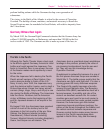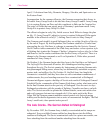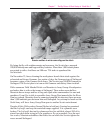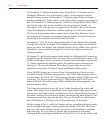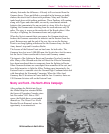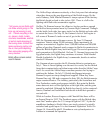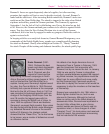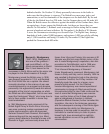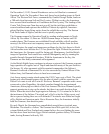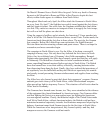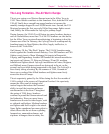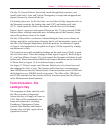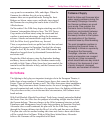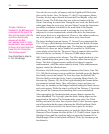
Chapter 7 The Big Picture: A Short History of World War II
145
On November 5, 1942, General Eisenhower arrives in Gibraltar to command
Operation Torch. On November 8 three task forces begin landing troops in North
Africa. The Western Task Force, commanded by General George Patton, lands on
a 200-mile front between Safi and Port Lyautey. Within two days the Americans
have secured their beachheads at Casablanca and Port Lyautey. The landing of the
Center Task Force near Oran does not go well, but the task force establishes a
secure beachhead and captures the airfield at Tafaraiu by nightfall; American-
piloted Spitfires begin flying sorties from the airfield the next day. The Eastern
Task Force lands at Algiers, and the town is quickly captured.
The Germans respond to Operation Torch by sending reinforcements to North
Africa. By November 15, there are 10,000 German troops in Tunisia and 100
combat planes. The Germans use established French airfields with all-weather
runways; the Allies must use temporary runways that are farther from the front.
As 1943 begins, the supply and manpower problems for the Axis forces in North
Africa become acute because the U.S. has joined the fight. Without the presence of
the Americans, the Germans would be facing only Montgomery. And the British
troops in Operation Torch could have reached Montgomery only by running the
gauntlet through German-held territory. With the Americans in the fray, the
Germans are now badly outmanned and outgunned.
As the British Eighth Army continues to advance westward, the Germans evacuate
large quantities of supplies out of Tripoli and demolish many of the port facilities.
On January 26, after arguments with his nominal commanders (the Italians),
Rommel is relieved of command. He is to be succeeded by General Messe of the
Italian Army, but Rommel refuses to hand over command.
Axis forces mount a major attack against the US II Corps west of Faid. The attack
begins only after Rommel argues over the plan of attack with his superiors; the
Desert Fox wants to risk all to win all. However, Rommel’s superiors order a more
conservative plan. Regardless, the attack smashes through the inexperienced
Americans, destroying two-thirds of the First Armored Division. Rommel quickly
requests permission to step up the attacks, but there is no quick decision from
Berlin. When the attack does begin again on February 19, it is aimed at Le Kef at
the insistence of the Italians. The attack on Le Kef is what the Allies expect, and
the two passes leading there are well defended. The attacks near Sbiba are fought
off by British and American units. But at Kasserine Pass, the Americans initially
hold the Germans, then break in panic.
By early March, the Germans have consolidated enough forces to attack near
Medenine. The attack is a failure. The Germans have little spirit left; in fact, the
veteran British and New Zealand units cannot believe they are fighting the same
foe that drove them back into Egypt. British antitank gunners destroy 50 German
tanks, leaving Rommel with only 100.



